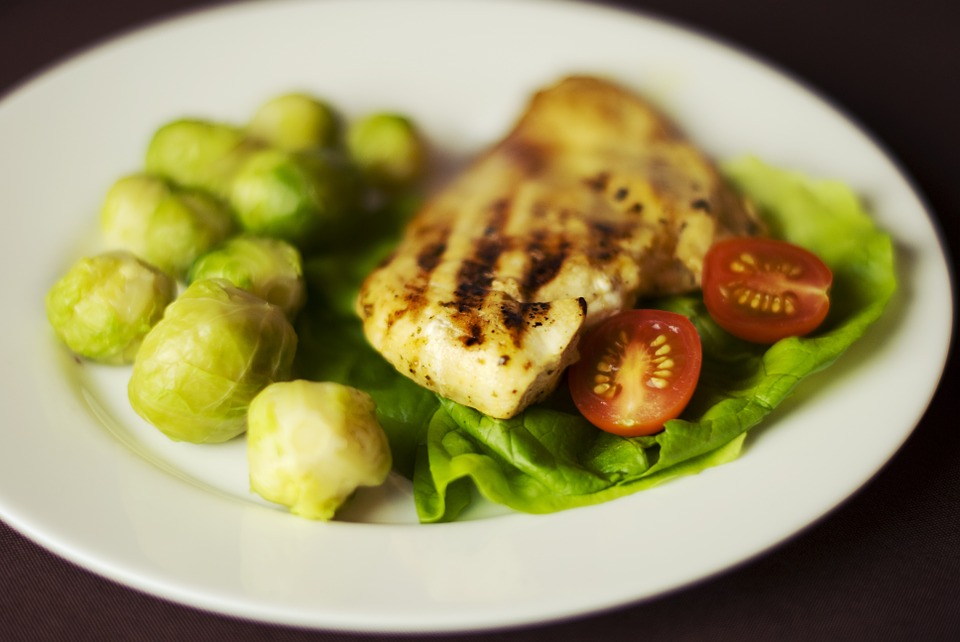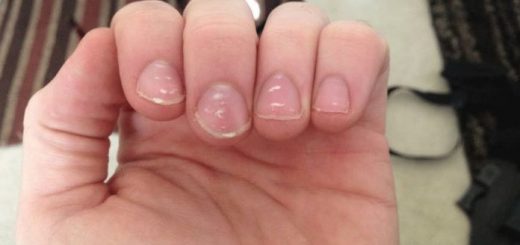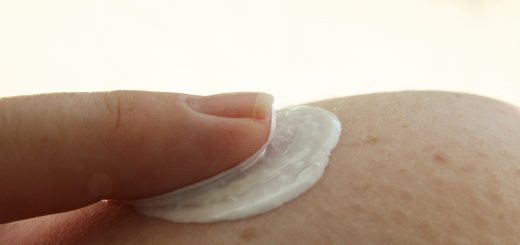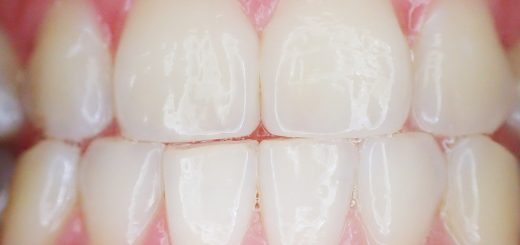What is Intermittent Fasting?
You’ve probably heard of that friend who successfully lost weight by adopting intermittent fasting methods and you wish to know more about that miraculous way of getting in shape. Intermittent fasting is a meal timing plan. It consists of a specific period of time during which you abstain from food (calories) and another separate time period during which you consolidate all of the food intakes. One of the biggest problems people make of fasting is that they overthink it.
Benefits
The physical benefits of intermittent fasting are dramatic fat loss all while maintaining muscles, also increased muscle tone and density and improved vascular function. To put it simply, intermittent fasting creates a physiological response mainly after the release of hormones such as adrenaline, epinephrine and norepinephrine that allow your body to tap into its fat stores while preserving the muscle tissues.
When you go over an extended period of time without eating, you brain switches to a survival mode. It might sound bad but it is in fact beneficial. On a survival mode, your brain is much more focused than usual, preserving and focusing the energy into whatever task is at hand. Hence, instead of having many thoughts at the same time, you happen to concentrate solely on what you need to.
Intermittent fasting is also beneficial to the cellular rejuvenation process (autophagy) of our body. Autophagy occurs when old cells are eaten up by newer cells which get consolidated into more powerful and efficient cells. Your skin looks better, you live better and your organs function better.
By combining all those benefits together, you can understand why friends and family urge you to try intermittent fasting. Let’s now get into the details to get you started in your fasting journey.
How to start a fast?
Fasting sounds pretty simple, one stops eating and the fast has begun. But what you eat before leading to a fast can make a big difference. For example, if you eat something that is high in fiber, you will feel more satiated. Hence it is recommended to consume a high fiber content meal prior to starting a fast. If you are planning to fast from 10 pm in the night until 4pm on the next day, you will need fiber intake such as vegetables or psyllium husk at 10 pm to stay satiated for a longer period of time. While you will still get all the metabolic benefits, but as far as your hunger is concerned you won’t end up starving. A little amount of fat is also recommended. Fats are digested at a slower rate and they leak-free fatty acids into the bloodstream. Some fat, fiber and protein to keep it simple.
How long should you fast?
When you are fasting, rewards you reap are usually dictated by how long you fast. A longer fast will allow your body to tap into the cellular rejuvenation effect. Start off with a 16-hour fast, also known as 16/8 Fasting. It means you fast for 16 hours and have an eight-hour eating window. Since most of us aren’t awake for 24 hours straight, that eight-hours eating window doesn’t necessarily mean you will be eating the entire eight hours. When fasting for 16 hours, you might be awake for four to five hours of that 8-hours eating window, which works out perfectly as it allows you to restrict your calories intake and get the most out of the metabolic effect.
What can you consume during a fast?
A lot of times, when you start fasting, you will want to explore a little bit and get curious about different foods.
You can consume black coffee but don’t add any sweetener and creamer to it. Black coffee contains polyphenols that speed up the autophagy (cell recycling) process. Besides, the caffeine present in coffee supports your fast by boosting fat loss and promotes autophagy as well.
Go ahead and consume tea if you enjoy it. Similar to black coffee, black tea or green tea is perfectly fine as long as no sweetener and creamer are added.
Artificial sweeteners trigger an insulin spike that can ruin the beneficial metabolic process of your fast. If you are having a soda, opt for one sweetened with a natural sweetener (zero calories) such as Stevia. You can drink as much water as you want.
How to break the fast?
Take care of your insides first. You can’t get into good shape and look amazing if you are not taking care of your organs. Break your fast with a bone broth, the collagen-rich drink allows the restoration of the gut. A lot of times when you are fasting you end up weakening the gut’s mucosal layer. This layer protects you from acids and other damages in the gut.
Next, it is very important not to combine fats with carbohydrates. Carbohydrates cause insulin spikes, which in turn causes your cells to be very receptive to whatever you’ve consumed. Hence, if you consume fats at the same time, the carbs will go into the cells as well as the fats. By consuming only fats, no insulin response is triggered, therefore no fat gets into your cells. Either have fats and protein, or carbs and protein.
When should you work out during your fasting period?
You can either workout while you are fasting or after you’ve broken your fast. If you exercise at the end of the fast, like before you break your fast, you are most likely to burn more fats. The reason is because you are already at the exhausted portion of your fast and your body is already burning fat. The problem is that you encounter a performance decline at that time.
Working out earlier in the day, means you still have a lot of strength and stamina from the food you ate from the night prior but you won’t be weakened from the fast yet. Hence, you get the benefit of still being able to work out hard without losing the effect of the fast.
When working out after you’ve eaten, you’ll probably notice your strength is quite high. You should however make sure you are aware of the fact that you should digest your food a little bit first. As soon as you break the fast, all the blood goes to your internal organs, especially to the stomach to help you digest. It means if you start working out, you are detracting the blood by taking it away from the vital organs and flushing it out to your body extremities to work out. You won’t be absorbing the nutrients in the fashion you could be if you worked out a short time later.
Now that you are knowledgeable about this particular method of fasting, you might feel more at ease to begin it. Comment below to share your experiences!







